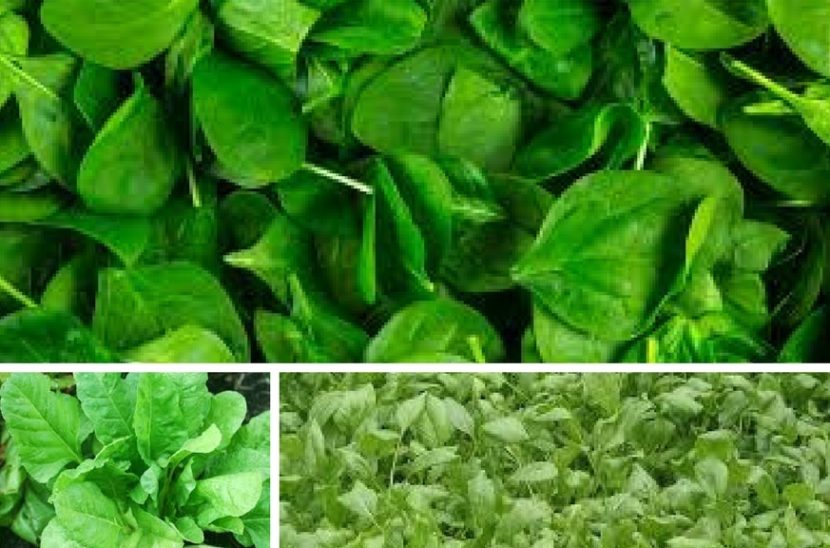Spinacia oleracea
Cultivation
It is grown from seedlings (with root clod, several plants in one pot) or sown outside. Plant in rows and till regularly as it needs airy soil. It grows above 5 °C (41 °F). Optimum temperatures for growth and development are around 18 °C (64 °F).
Distance between plants
At least 20 cm (8 in) between the rows, plants thickly in a row.
Location
Sunny to half-shaded.
Amount
To 5 plants per person.
Time of planting
March-beginning of May, July, mid-August – mid-September outside. September and October for overwintering. March and April for seedlings. Shade the plants, sowed in summer. Seeds germinate in about two weeks.
Fertilization
In the second field, after the plants that have been fertilized with barn manure. It doesn’t need fertilization. Don’t fertilize with nitrogen.
Watering
It is usually not needed. Water after summer sowing to help the seeds to germinate.
Spinach’s good neighbors
Brassica vegetables, tomatoes, beans, broad beans, potatoes, celery, onion, parsnip, basil, strawberries, sweet corn. Plant among the plants that are prone to flea beetle attacks.
Spinach’s bad neighbors
Beetroot.
Diseases and pests
Prevent diseases with algae based fertilizers and soft soil. Ladybugs take care of lice that occasionally appear on this plant. There will be fewer lice if you don’t fertilize.
Spinach’s storage
Use fresh leaves and cut only as much as you will use. Don’t store in the fridge. Blanch and cool quickly before freezing.
Food
Leaves can be used raw or cooked. Remove the stems and add milk to cooked spinach (it binds harmful oxalates). Eat fresh plants and dishes, because stale dishes contain nitrites.
Important
It is a good indicator of the irregularities in soil elemental structure. Its roots contain saponins which increase the absorption of nutrients to the root cells, and shouldn’t be left in the soil. It doesn’t take frequent planting in the same spot well. It needs the proper amount of potassium in the soil. It benefits from tilling and keeping the soil soft. Water lingering in the soil is not good for it.
Miscellaneous
It is one of the healthiest and vitamin-rich plants. It is also used as a plant for green fertilization.

